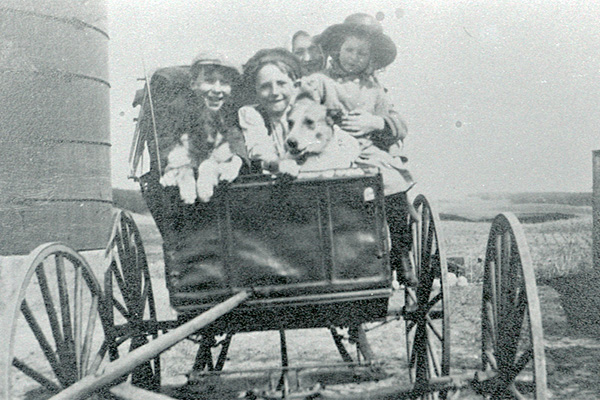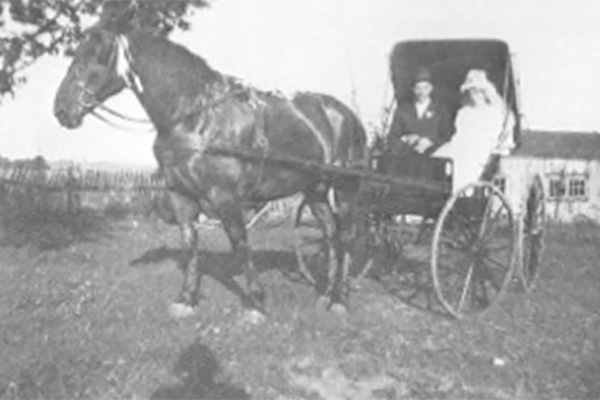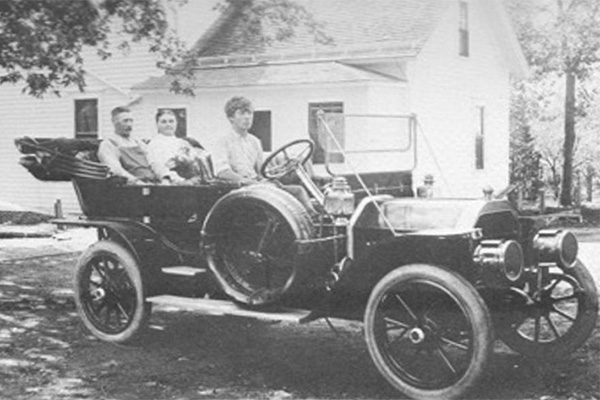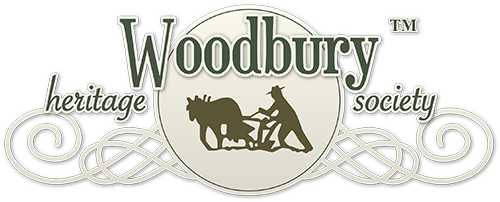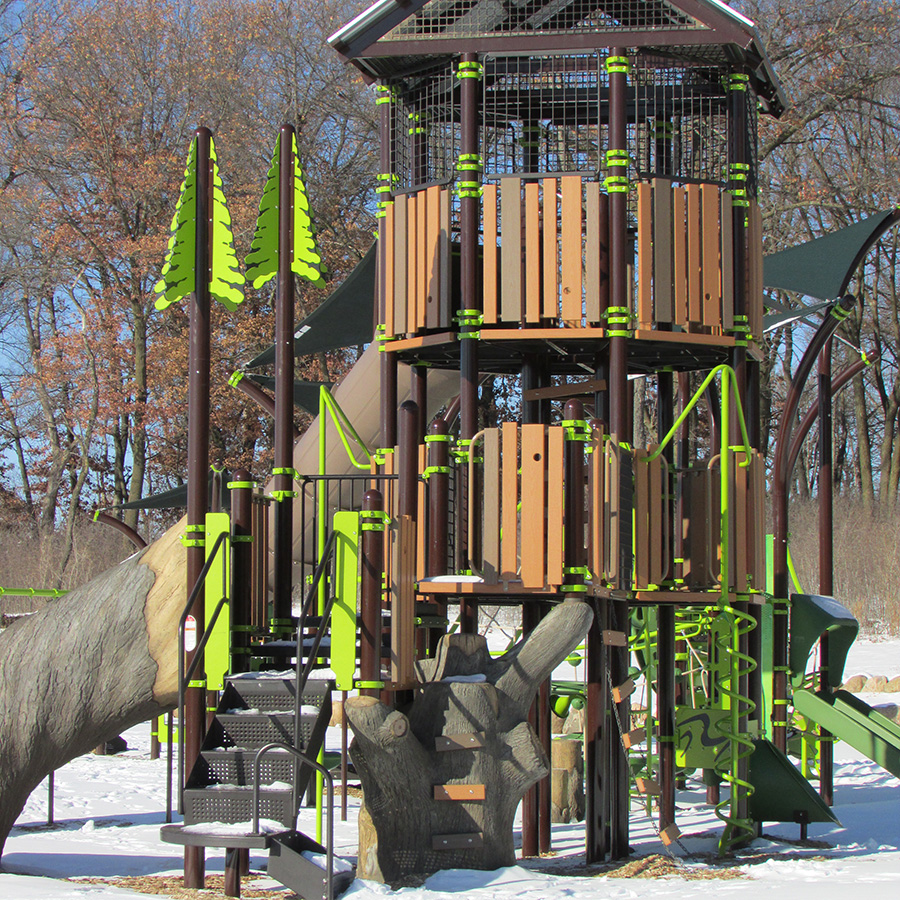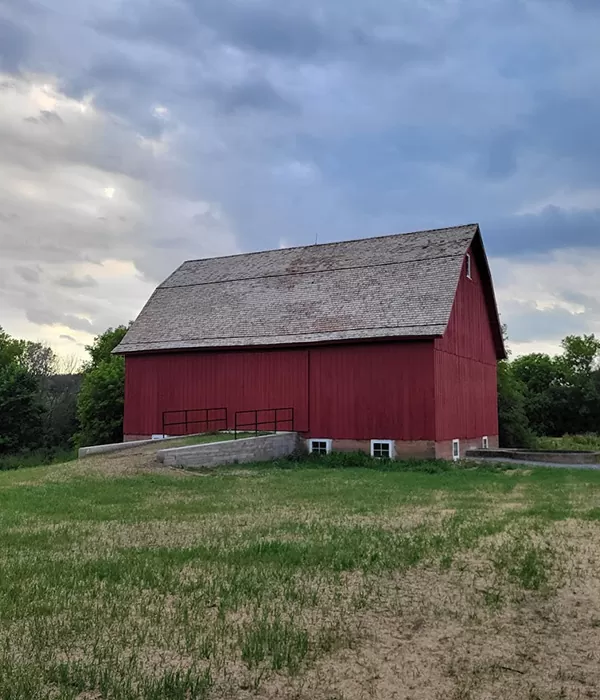Woodbury’s Valley Creek Heritage Park
The newly created Valley Creek Park located on Valley Creek Road and Settlers Ridge contains wetlands, oak woodlands, a coniferous tree plantation, restored prairie, and oak savanna. The prairie areas will be maintained. More trees will be added, and the existing oak savanna will continue to be enhanced.
A trout-stream headwaters area will be maintained and buffered by vegetation with an overlook for visitors to view. Plans are in development to protect the headwaters and to educate park users on its importance.
Woodbury Heritage Society is excited to be partnering with the City of Woodbury by creating historical signs along these beautiful trails. In the spring of 2024, educational/informative signs with QR codes will tell the stories of Woodbury’s history. These historical signs will enhance the creation of this stellar park that will encourage community members and visitors to Valley Creek Park.
Self-guided tours of the trails will promote exercise, interaction with others and creating a sense of community pride. This park is a true “gem” for the City’s residents through the park’s uniqueness.
The park also provides a unique, fun, and creative play area for families. It already has become a great attraction for many families.
Miller Barn
The Miller barn farmstead dates back to 1860 and has been owned over time by the Child’s, Munson’s, Miller’s, Freidrich’s, Janokovich’s and Bam’s.
On March 31, 1999, the City of Woodbury acquired the property located in the Valley Creek Park open space near Valley Creek Road and Settlers Ridge Parkway containing Miller Barn. On June 11, 2015, Woodbury Heritage Society held its first organizational meeting of the Miller Barn Committee. January 10, 2016, the WHS sent a Petition to Mayor and Council to preserve the barn.
On July 15, 2020, the Woodbury City Council met to consider the approval of the agreement and the grant from MN Historical Legacy Funds of $160,00 to retore the barn. Resolution was passed to preserve and restore the Miller Barn.
The barn is the August Miller barn built in 1921/22. The Miller Barn is a prime example of the early 20th century barns that were an integral part of our agriculture heritage. It combines several of the styles; It has a well-defined gambrel roof. It is a bank style barn resting on a hill, and it was constructed using post and beam techniques. There was not a nail used in the framework. The joinery was secured with wooden pegs. The Miller barn is an excellent example the early barns.
The farmer’s barn had to be built wisely because invariably it housed his greatest assets. This agricultural building was more important than his own house. Without a way to protect farm animals or store crops, early settlers had few ways to survive. Barns were about common sense and usefulness—and economics, not style.
The Miller barn is probably the second barn built on this site. First barns were generally built just one story high with enough room for 8 to 10 cows with small feed storage. The cows were milked by hand and the milk was generally separated at the farm for just the cream to be sold in Saint Paul. Dairy farming was one of the main producing incomes. This second barn was built for 20 cows and four horses. The service doors on the south end of the barn were for letting the animals out to be in pasture or to do a daily task. The middle door was to feed the animals. The ramp was used to get the hay into the upper part of the barn for storage until winter. Hay was generally loose until bailers were developed in the middle 1920’s. Horses were used to pull the wagons up the ramp using a rope or chain system going through the barn. The hay was moved to the cattle level through a chute in the middle of the barn. Corn silage was chopped in the fall to ferment and be fed during the winter.
